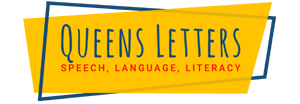QUEENS, NYC RECEPTIVE LANGUAGE DELAY DISORDER
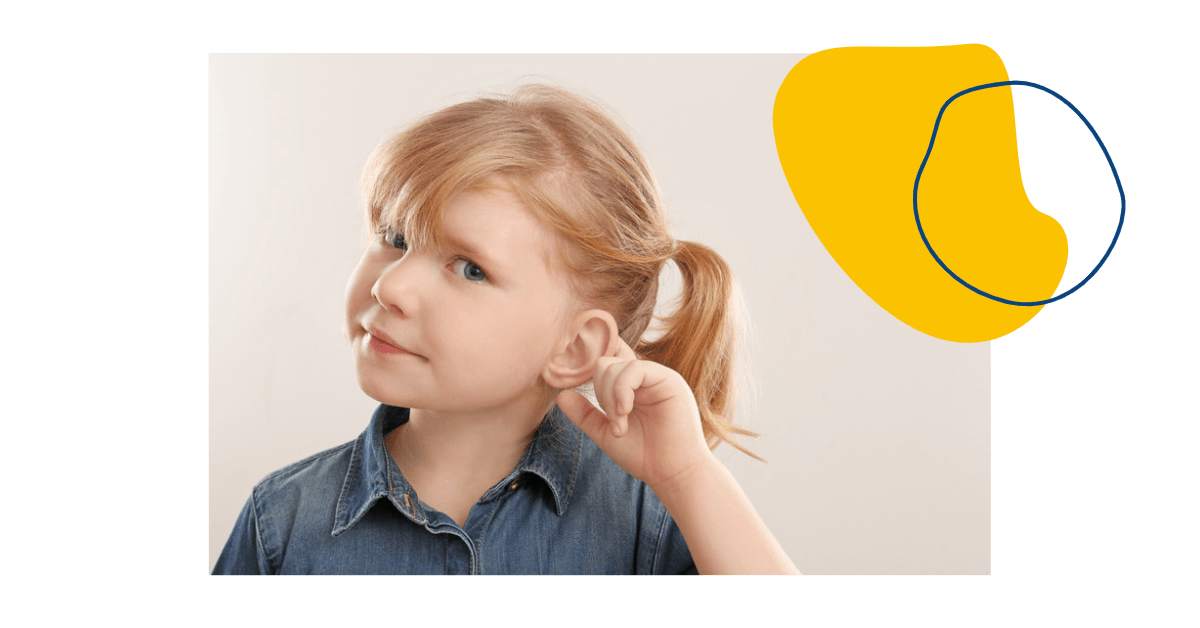
QUEENS, NYC RECEPTIVE LANGUAGE DELAY DISORDER

QUEENS, NY NEIGHBORHOODS
Our Speech-Language Pathologists and Therapists
We travel to you and we also offer remote services. Some of our speech-language pathologists are trained in the Orton Gillingham approach. Many of our speech-language pathologists are trained in literacy and offer support with decoding, spelling and reading fluency services. Our speech-language pathologists and therapists work with babies, toddlers, school-age students, and adults with expertise in:
Our Speech-Language Pathologists and Therapists
We travel to you and we also offer remote services. Some of our speech-language pathologists are trained in the Orton Gillingham approach. Many of our speech-language pathologists are trained in literacy and offer support with decoding, spelling and reading fluency services. Our speech-language pathologists and therapists work with babies, toddlers, school-age students, and adults with expertise in:
- Pronunciation
- Enunciation
- Articulation
- Expressive Language Disorder
- Writing & Speaking Therapy
- Comprehension- Listening & Reading
- Listening Comprehension
- Auditory Processing
- Vocabulary
- Teens – Language Therapy
- Stuttering
- Feeding
- Oral Motor
- Voice
- AAC
- Adult Speech Therapy
- Public Speaking
- Accent Reduction Modification Speech Therapy
A language disorder or delay is a type of communication disorder that involves difficulties in using and understanding spoken language. There are two types of language disorders: expressive and mixed expressive-receptive language disorders. These disorders can be due to inherited conditions, developmental disorders, or traumatic brain injuries. In most cases, language issues fall under expressive language disorder. This refers to problems in expression or putting words together to form coherent sentences and to get the message across to listeners.
However, there are cases wherein a child struggles with both expression and comprehension. Problems with understanding and comprehension are referred to as receptive language disorders. This involves difficulties in processing messages and information that one receives, whether through listening or reading. It is not a disorder of hearing, e.g. hearing loss.
Before an individual can use language to communicate (expressive language), one must first understand and grasp spoken language. That is why most children with receptive language disorder also struggle with expressive language. This is called mixed receptive-expressive language disorder.
When language disorders or delays are not quickly addressed, they cause children to fall behind in school. According to research, around 5% of pre-school-age children and 3% of those in grade school are found to have mixed receptive-expressive language disorders. Discover effective ways to boost receptive language skills.
Check out the Listening Milestones and Questions Answering and Asking Milestones.
Signs and Symptoms of a Mixed Receptive-Expressive Language Disorder
Signs of language disorders do not become noticeable until it is time for a child to start talking. Organizing thoughts while trying to process what others are saying can be a struggle for children with a receptive language disorder. They often find it difficult to connect words and the ideas behind them. In some cases, they may also have trouble with pronunciation and speech sound production.
Possible causes of receptive language disorder:
- Family history. A child is more likely to have a language disorder if a mother, father, sister, or brother also has one.
- Language disorders and with learning disabilities.
- An audiologist should evaluate anyone suspected of having difficulties processing spoken words to rule in or out any hearing issues.
- Pediatricians typically do not perform full audiological evaluations.
Symptoms of mixed receptive-expressive language disorder include:
- low vocabulary and comprehension levels compared to their peers
- issues with pragmatics or the social use of language in social contexts
- difficulty inferring meaning
- the trouble with spontaneous language production, hence, unable to ask questions
- problems understanding more complex questions and directions
- difficulty understanding and applying grammatical rules (tenses in verbs, singular or plural verbs, determiners, pronouns, etc.)
- problems with completing two cognitive operations at the same time called working memory and learning new words or morphemes
- slow processing of auditory/receptive information
For pre-school and school-age children, these symptoms can manifest in various ways and affect one’s behavior, interactions, and performance at home and in school. In particular, you may notice a child with receptive language disorder in the following areas:
- seems uninterested in conversations or when other people are speaking
- infrequently asks questions when someone is speaking or sharing a story
- does not seem to be listening or understanding lessons in school
- often copies what other children are doing before acting on a task
- misunderstands what is asked, said, or written
- gives off base responses to questions
- has trouble getting along or communicating with peers
- Trouble following directions
- May respond to your questions by repeating back what you have said
- Asking people to repeat what they say
- Giving answers that are “off”
- Misunderstanding what’s said
- Not getting jokes
- Difficulties answering questions such as Who? What? Where? When? Why? How?
- Struggles to understand changes to a routine
- Difficulty understanding different concepts such as place, size, and colors
- Difficulties comprehending abstract language
- Does not recognize the meaning of grammatical markers in speech such as’s’ or ‘es’ indicating plurals and ‘ing’ and ‘ed’ indicating tense
Read about Early Childhood Developmental Milestones.
PBS.Org (Public Broadcasting Service), Average Number of Words Comprehended by Toddlers
- At 12 months= 50 words
- 18 months= 200 or more words
- 24 months= 500 to 700 words
- 30 months= 800 to 900 words
Likewise, the research identifies late talking like one of the early signs of a language disorder. The Hanen Centre defines a late talker as a child between 18 and 30 months with a good understanding of language and typical development in other areas (hearing, vision, motor, and cognitive skills) but has a limited spoken vocabulary compared to peers for their age. However, late talking becomes a more serious concern for children who also exhibit other risk factors, such as:
- Quiet or little babbling as an infant
- Has a history of ear infections
- Limited consonant sounds
- Does not link pretend ideas and actions together during play
- Does not imitate words or sounds
- Uses mostly nouns and few verbs
- Difficulty interacting or playing with peers
- A family history of communication, learning, and academic difficulties
- Mild comprehension delay for their age
- Uses few gestures to communicate
According to experts, children with a limited vocabulary for their age and show any of the above risk factors should seek the help of a speech-language pathologist. In particular, studies suggest that the last three risk factors listed are indicators that a child could have continuing language delay or showing signs of a language disorder (expressive or expressive/receptive language). This is also known as a Developmental Language Disorder (DLD) or language impairment, as referred to in research.
Diagnosing an Expressive Language Disorder
As with all speech or language disorders, it is always important to first ensure that there are no hearing issues affecting language development. A hearing assessment by an audiologist is necessary to rule out any issues with hearing (ears). Even undetected ear infections can interfere with acquiring language in younger children.
To get your child diagnosed with an expressive language disorder, a speech-language pathologist (SLP) must do a thorough evaluation. A comprehensive assessment must be conducted with the help of the child’s family and teachers.
During this phase, speech-language pathologists will need to know the child’s:
- full case history (including birth and medical records; history of language, speech, reading, or academic difficulties in the family; languages or dialects spoken at home; and, the family’s and teacher’s own observations and concerns)
- spoken language skills (phonology and phonological awareness, semantics, morphology, syntax, and pragmatics)
- level of reading and writing (if the child is school-age)
- What is the relationship between language and learning disabilities?
- Everything You Need to Know If You Have a Toddler Who Is a Late Talker
- FREE pamphlet on Late Talking!

Assessing and Managing A Receptive Language Disorder
An expert in language and literacy disorders, recognized as a licensed language therapist or speech-language pathologist, is the most qualified professional to assist your child.
Receptive language disorders (also referred to as language comprehension) can have various causes, including genetic factors, exposure to language, developmental delays, and underlying medical conditions such as brain tumors, brain damage, autism, and Down syndrome. Sometimes, the exact cause remains unknown.
A comprehensive evaluation is essential to diagnose and understand the nature of receptive language delays. This evaluation involves reviewing the child’s medical history, conducting standardized tests, and observing their language usage and comprehension in natural settings. .
It’s crucial to note that receptive language disorders are distinct from hearing issues, as physiological ear problems do not cause them. However, hearing problems should be ruled out through assessment by an audiologist, as they can affect language development.
Receptive language therapy is tailored to assist children who struggle to comprehend others’ communication. When signs of a receptive language disorder are evident, an assessment with a speech-language pathologist/speech-language therapist is recommended, available through private channels, educational institutions, or Early Intervention programs. The evaluation assesses speaking and comprehension skills, as receptive language challenges often coincide with expressive language difficulties. These issues can impact a child’s social and academic development by affecting their ability to understand spoken, written, and gestural communication, leading to difficulties in conversations and following instructions.
The following tasks can be particularly challenging for children with receptive language delays:
- Understanding the meaning of gestures.
- Knowing what to do with toys or engaging in pretend play.
- Following directions and simple routines and instructions.
- Identifying colors, numbers, and letters.
- Responding to questions.
- Recognizing images, actions, and objects.
- Engaging in turn-taking conversations.
- Sings songs or recites rhymes.
- Grasping sentence structure.
- Utilizing age-appropriate vocabulary and comprehending concepts and events.
- Comprehending the objectives and functions of language, such as obtaining objects, storytelling, asking questions, and commenting.
- Knowing how to use words effectively to achieve goals, such as appropriately asking for an object.
- Engaging in cooperative dialogues, including perspective-taking and turn-taking.
- Answering specific questions like who, what, where, when, why, and how.
- Replying to queries by repeating what was said.
- Listening to narratives and retaining presented information.
- Understanding typical adjustments.
- Finding abstract language comprehension difficult.
- Grasping the meaning of grammatical markers like ‘s’ or ‘es’ for plurals and ‘ing’ and ‘ed’ for tense.
Once it is established that your child is struggling with acquiring and using language compared to his or her peers, the SLP will then design an individualized program to help you and your child improve their language skills.
These strategies typically involve:
- Vocabulary development: A speech-language therapist collaborates with the child to enhance their vocabulary to match their age group.
- Learning techniques: Since receptive language disorders hinder language comprehension, learning techniques that assist the child throughout the day can be beneficial. These techniques are a few examples of reiterating information, offering partial knowledge and expanding on it, and self-cueing.
- Multisensory approaches: Multisensory methods involve not only auditory input but also touch, smell, sight, and even taste. Utilizing multiple senses often strengthens neural connections in children’s brains.
Parents and teachers also play critical roles in managing language disorders, particularly regarding language monitoring and stimulation.
Some parents may initially adopt a “wait and see” approach upon noticing their child’s receptive language issues. These techniques are a few examples of reiterating information, offering partial knowledge and expanding on it, and self-cueing.
Some of the therapy goals that SLPs may set with parents and teachers are:
- increasing the child’s understanding
- improving how the child uses words to express feelings and ideas
- teaching parents, family members, and teachers how to speak with the child and encourage conversation
- helping the child use other ways of communicating (also known as augmentative or alternative communication), if necessary, such as using simple gestures, picture boards, or text-to-speech apps and software
- learning early reading and writing skills
Read SPELLTalk questions and answers about the language literacy network– which represents normal reading and writing processes and this model connects language comprehension to the literacy.
Helping Your Child at Home
Aside from speech-language therapy, there are other ways you can help your child improve their language skills. Some of the things you can do at home include:
- talking and engaging with your child in conversation to improve their vocabulary
- reading aloud to your child and pointing out words
- speaking to your child in the language of which you are both most familiar and comfortable
- listening and answering your child’s questions
- encouraging your child to ask questions
- allowing your child enough time to process and answer questions
- setting limits on the use of gadgets, computers, and watching television
- Increase time with toys and imaginary play.
Likewise, receptive language disorder can interfere with reading comprehension, particularly for school-aged children. To know more about how you can help your child improve their comprehension skills, please click here.
Abstracts
- A 200-Year History of the Study of Childhood Language Disorders of Unknown Origin: Changes in Terminology by Laurence B. Leonard
- Clinical Lessons From Studies of Children With Specific Language Impairment by Mabel L. Rice
- Children’s Language Disorders: What’s in a Name? by Rhea Paul
- Considering the Language Disorder Label Debate From a School Speech-Language Pathology Lens by Kimberly A. Murza and Barbara J. Ehren
MEET OUR QUEENS, NY SPEECH LANGUAGE THERAPISTS AND PATHOLOGISTS WHO TRAVEL TO YOUR HOME
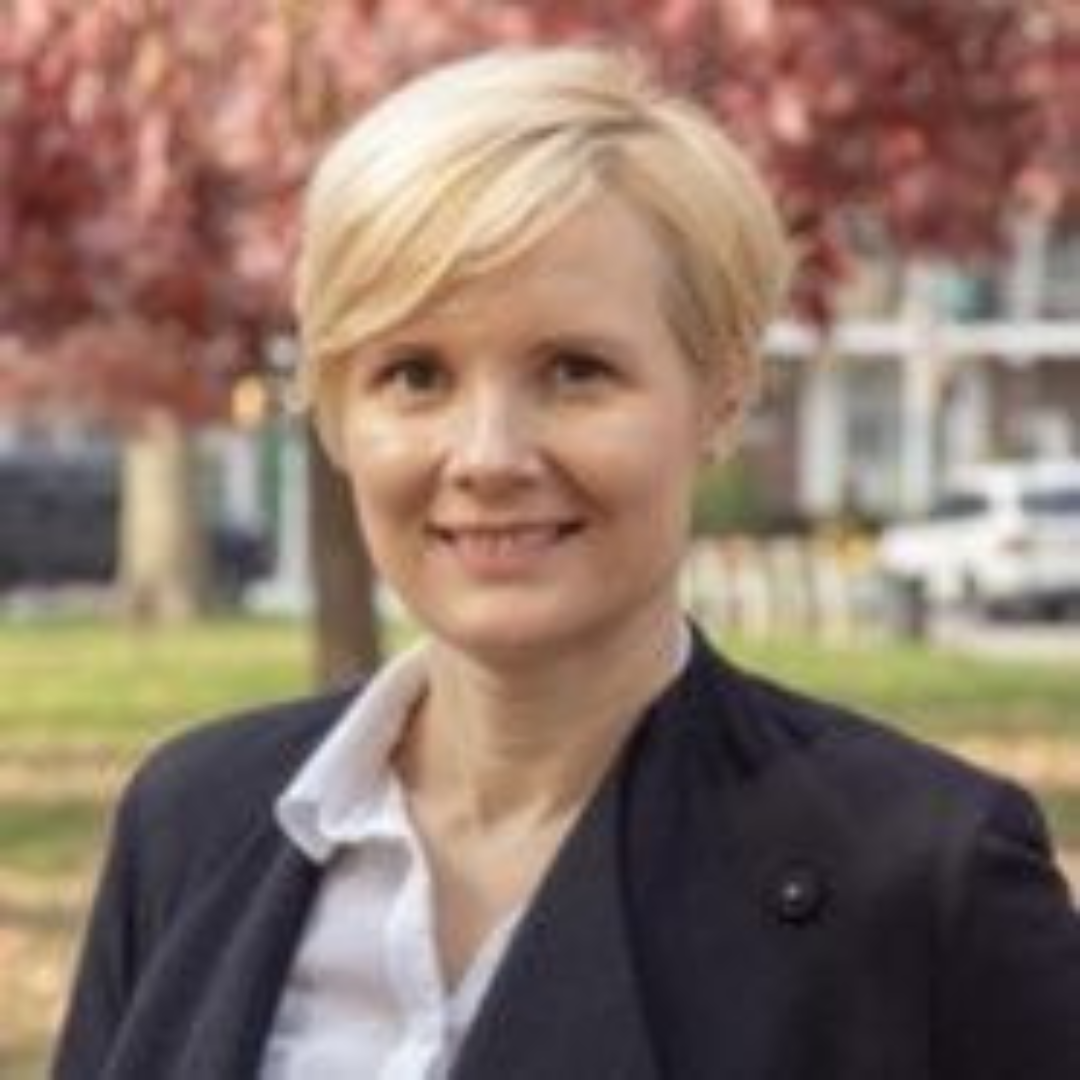
Mila K.
M.S., CCC-SLP, TSSLD, SPEECH LANGUAGE PATHOLOGIST

Ben I.
M.S., CCC- SLP, TSSLD, SPEECH LANGUAGE PATHOLOGIST
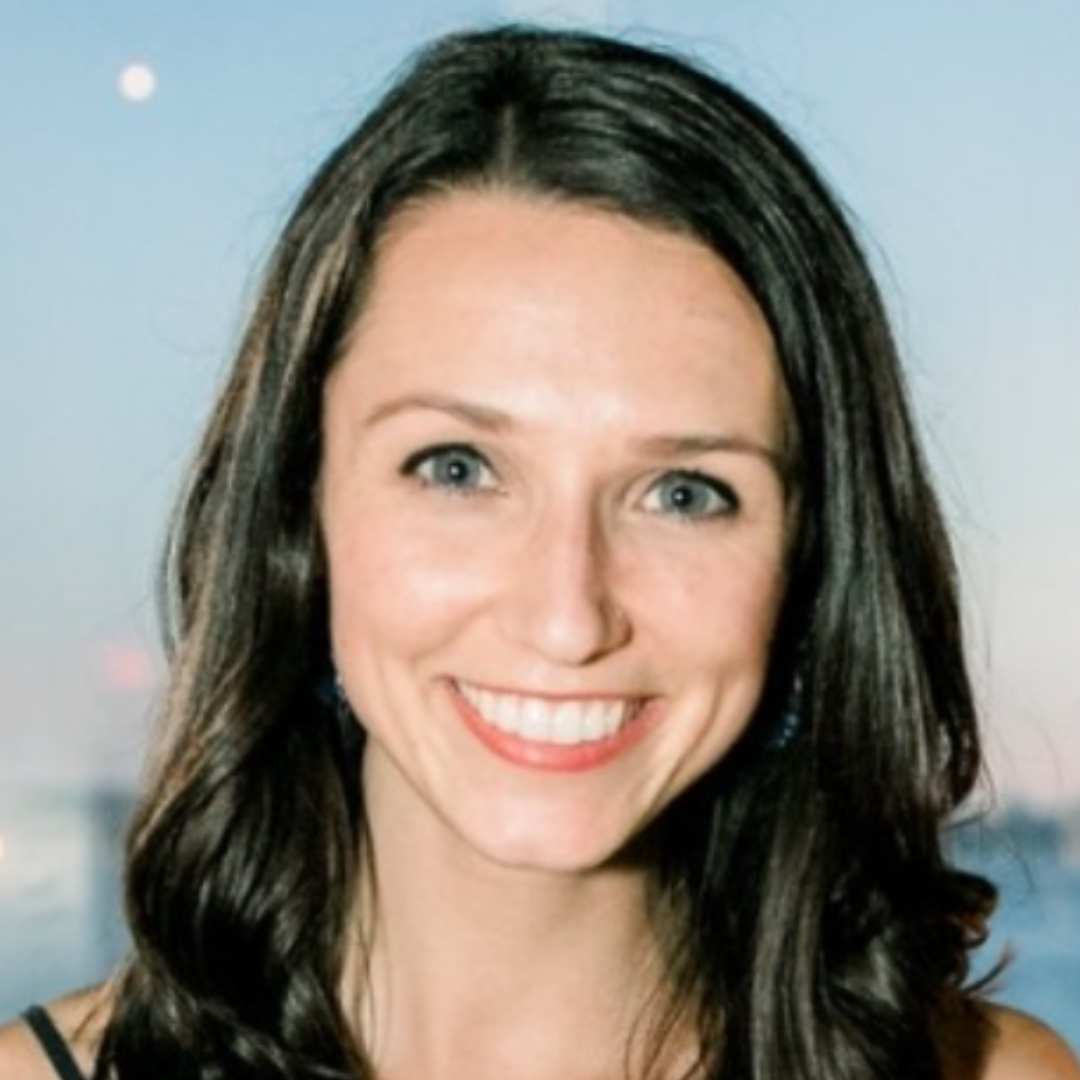
Lauren
CCC-SLP, TSSLD
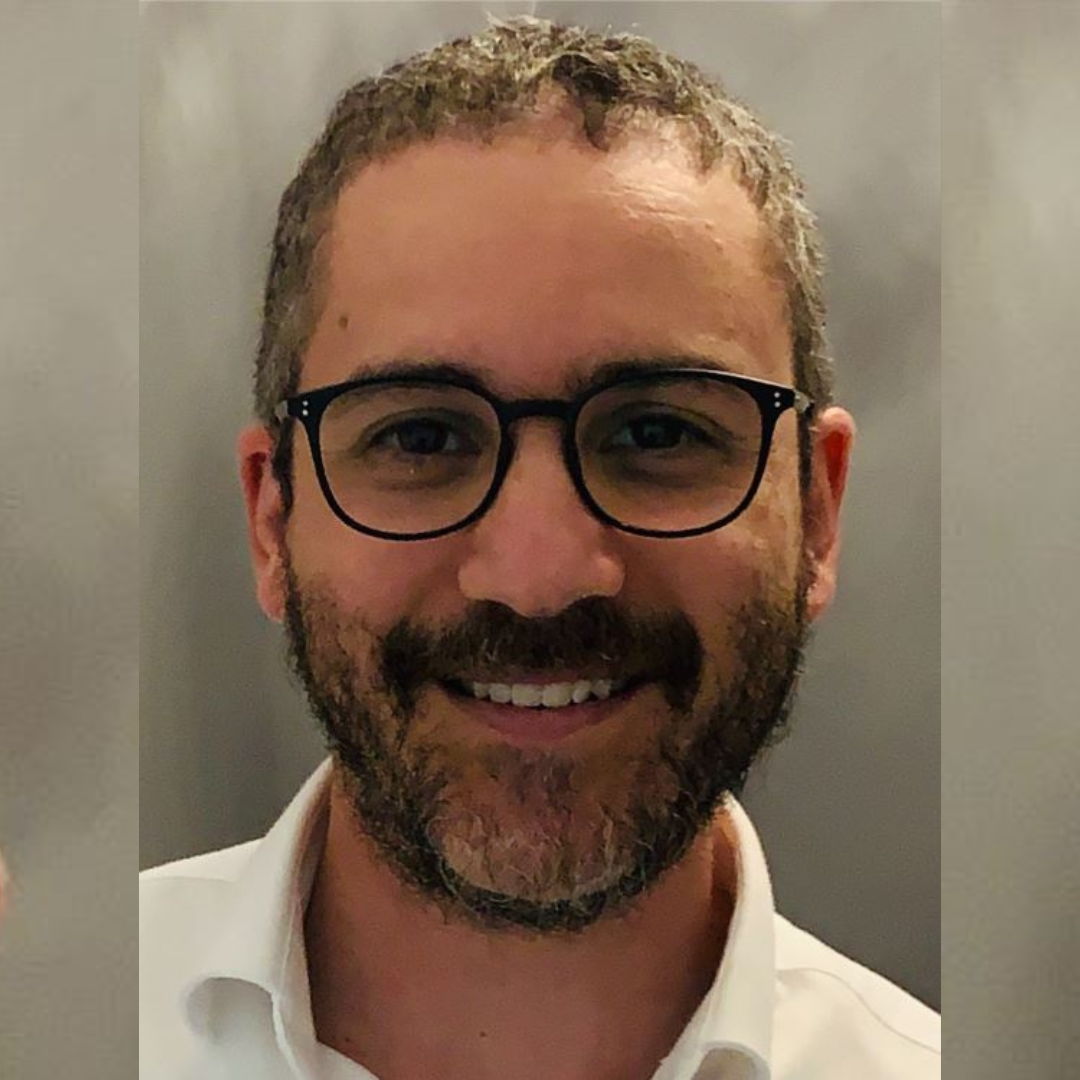
Sholom
MA, CCC-SLP, TSSLD, SPEECH LANGUAGE PATHOLOGIST
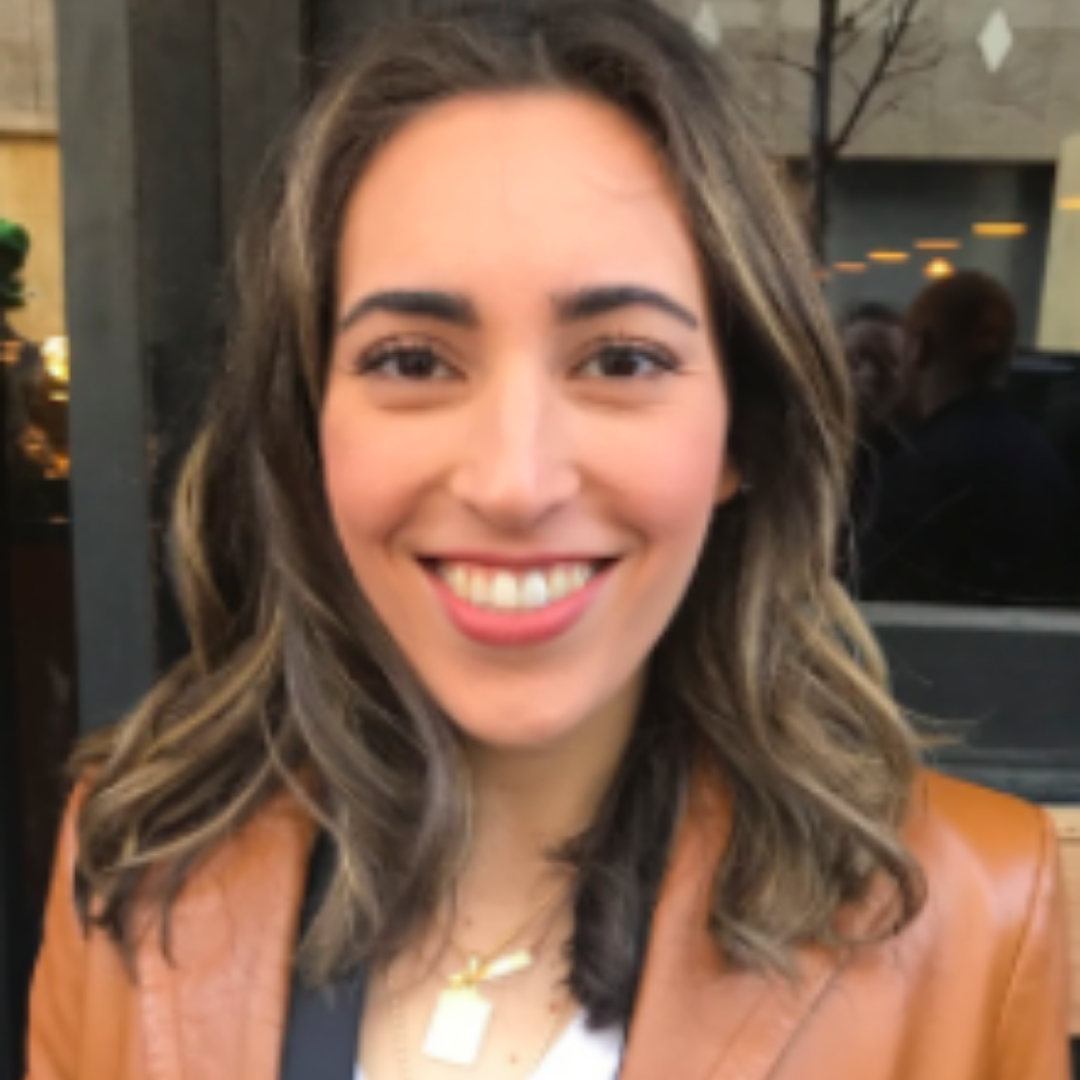
Briana I.
M.A., CCC-SLP, TSSLD
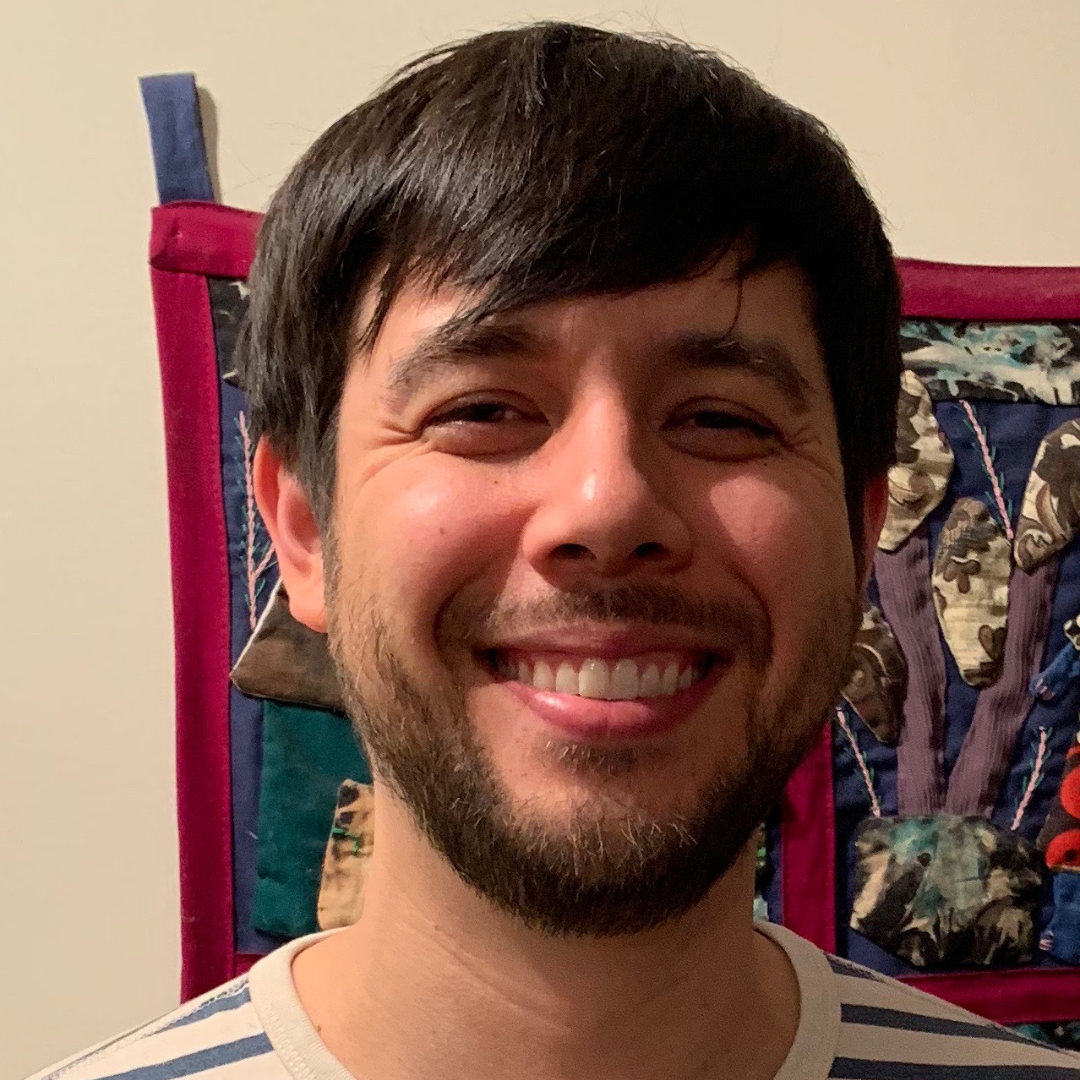
Theo W.
M.S. CCC-SLP, Speech Language Pathologist
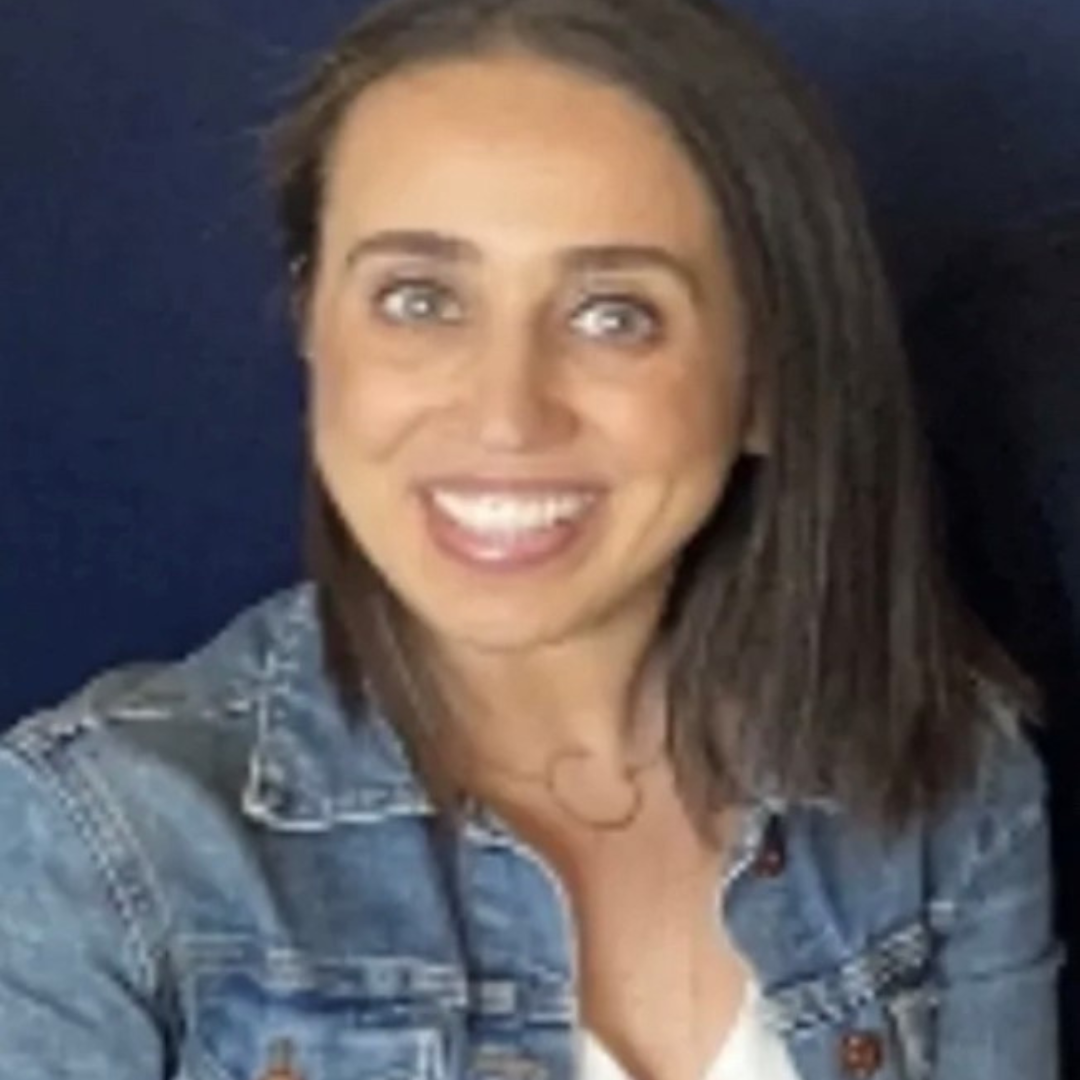
Christina R.
M.S., CCC-SLP, TSHH, SPEECH LANGUAGE PATHOLOGIST
FREE CONSULTATION!!!
Call: (347) 394-3485,
Text: (917) 426-8880
Email: [email protected]
(we respond to email right away!)
